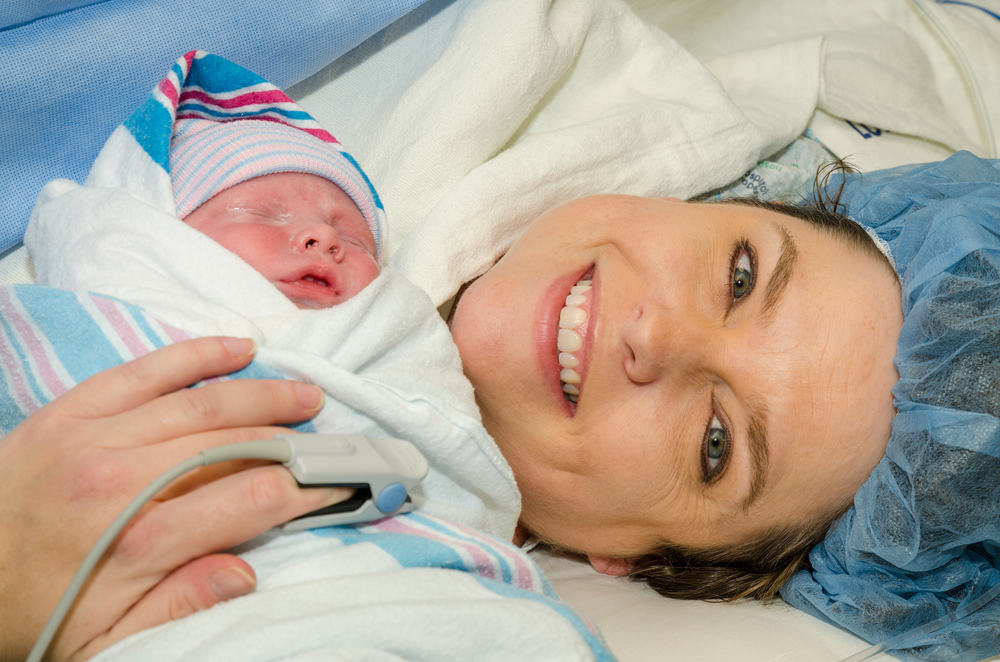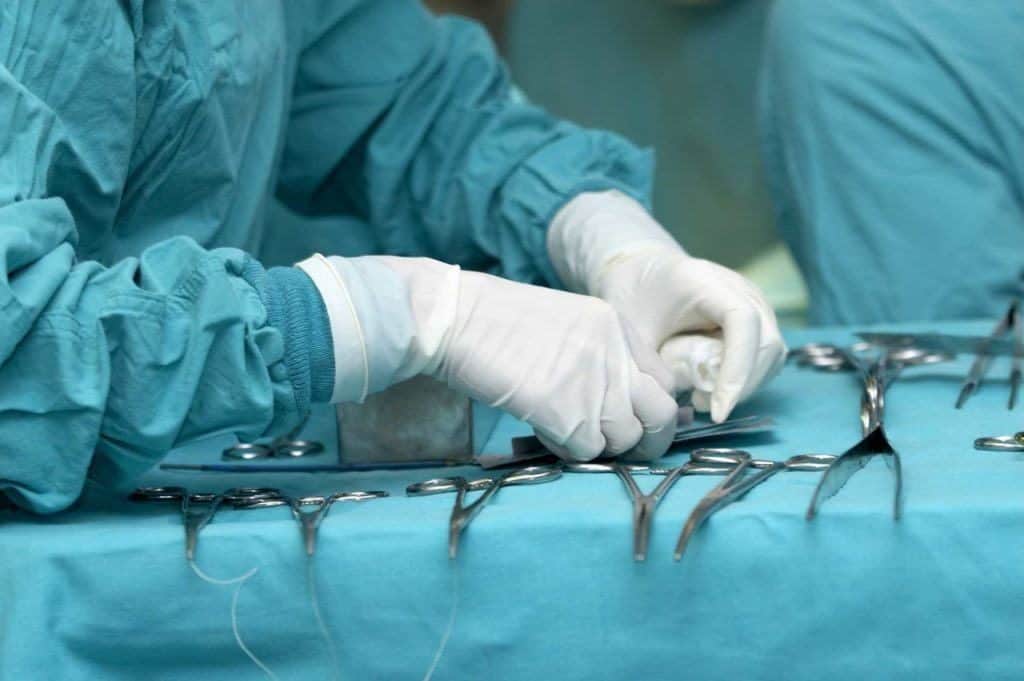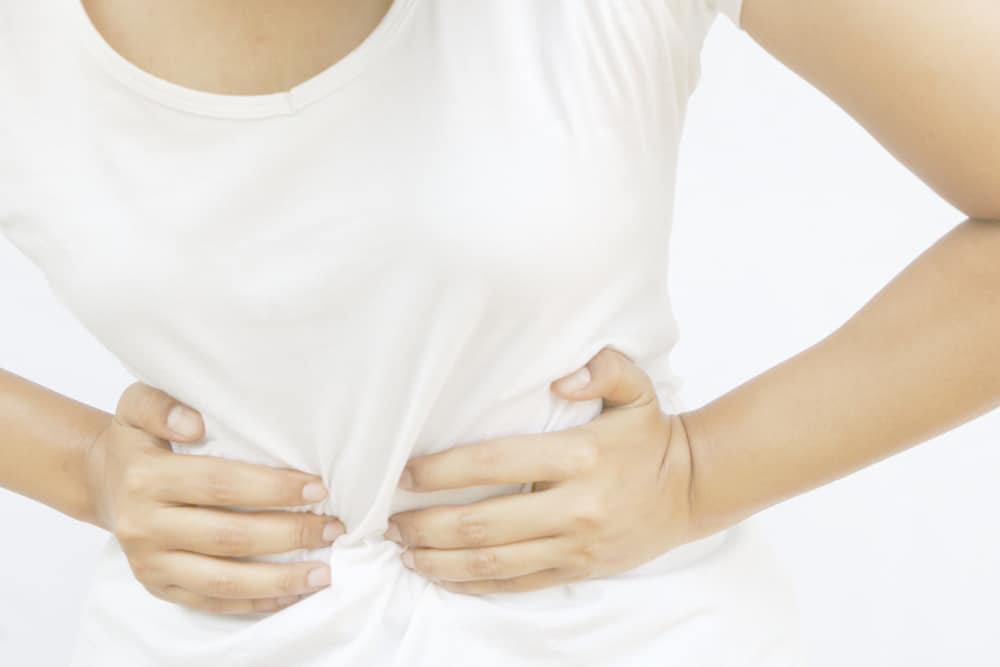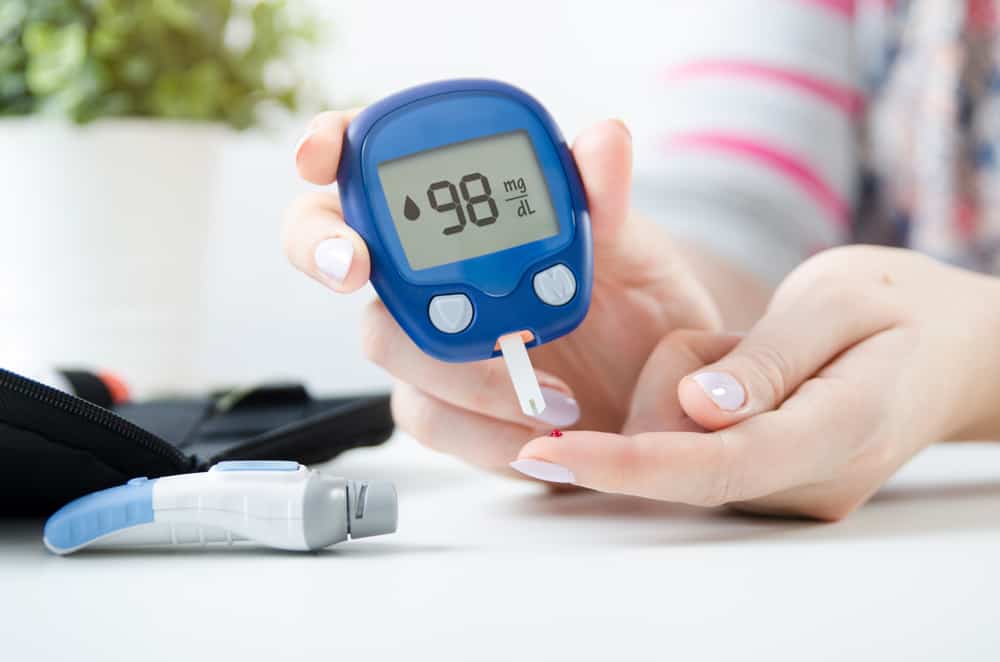Contents:
- Medical Video: C-section (Cesarean Delivery)
- Is labor by caesarean section really safe?
- Complications of caesarean section on the mother
- Complications of caesarean section in infants
- What causes a mother to have a caesarean section?
- Indications for mothers who need a caesarean section
- Indications for fetuses requiring caesarean section
- Indications for mother and fetus
Medical Video: C-section (Cesarean Delivery)
Sectio caesarea (SC) aka caesarean section is one of the most widely used labor techniques, the percentage of caesarean section in the world has increased in the last 3 decades. In 2001, the percentage of caesarean section deliveries in England and Wales was 21%, an increase of 5x compared to 1971. The increase in caesarean deliveries did not only occur in England and Wales, but also occurred in many countries such as Egypt, Arab countries , Denmark, Sweden, the Netherlands, Brazil, including Indonesia ...
Caesarean delivery has great benefits, one of which is to save the life of the mother or the baby who was born. However, often a caesarean section is performed without clear medical indications, which is detrimental to the mother, both short and long term.
Research conducted by Mackenzie states that the demand for mothers (23%) is one of the main causes of caesarean section delivery. This is because the mother wants to avoid a painful labor and maintain the strength of the vaginal muscles like before pregnancy.
Is labor by caesarean section really safe?
Making choices about the delivery technique that will be done is not easy. Those who support caesarean delivery say this procedure is safe with low mortality and morbidity. In fact, many fatal problems can occur when the procedure is carried out. A 4x-fold increase in maternal mortality was associated with caesarean delivery. Caesarean section can provide complications, both to mother and baby.
Complications of caesarean section on the mother
- Organ trauma. Caesarean section causes an increase in the incidence of trauma to organs such as the intestine, bladder and blood vessels.
- The caesarean section procedure requires the doctor to make an incision to open the uterus, this can be weakens the uterus and become a risk for subsequent labor.
- Caesarean section procedures risk causing the placenta sticks in a place that is not supposed to at the next labor
- Incidence rate infection and thromboembolism higher caesarean delivery compared to vaginal delivery.
- Mother needs longer recovery time after caesarean section.
- The caesarean section procedure requires the mother to be sedated first, both locally and publicly. In some cases mothers can experience complications from using anesthetic drugs.
Complications of caesarean section in infants
- Trauma. Although it is rare, it is possible for a baby to get a doctor's knife when the procedure is carried out.
- Respiratory distress syndrome which is temporary, because the baby does not pass through the pressure on the mother's birth canal as in normal labor which helps absorb fluid in the baby's lungs.
What causes a mother to have a caesarean section?
Delivery by caesarean section has many risks of complications as above, but that does not mean caesarean section should be completely avoided. As long as it is done with the right indications, caesarean section can actually provide great benefits for the mother and baby born.
According to WHO, an increase in the number of caesarean section deliveries by 10% has been shown to reduce maternal and fetal mortality. However, an increase of more than 10% does not reduce mortality better than just 10%. Therefore, it is important for us to know what are the right indications for a caesarean section.
Indications for mothers who need a caesarean section
- History of previous caesarean delivery.
- The existence of abnormalities that cover the birth canal, such as malignancy, massive condyloma on the birth canal, and others.
- Pelvic abnormalities that can interfere with decreased fetal position during labor.
Indications for fetuses requiring caesarean section
- Fetal position abnormalities, for example a fetus that is transverse or buttocks first born.
- Fetal emergencies, this condition can be known by regularly monitoring the fetal heart rate during labor.
- Presence of congenital abnormalities in the fetus
Indications for mother and fetus
- Placental abnormalities (placenta previa, placenta accreta)
- Labor with progress that is slow or no progress can be caused by a baby who is too large, the contractions of the mother are too weak, or the pelvis is too narrow.
- Under certain conditions where vaginal delivery is not recommended.
Caesarean delivery can provide great benefits for mother and baby, but there are some risks and complications that can occur. Caesarean delivery in accordance with the indication is a good thing to do, you should first consult with the treating doctor to determine whether or not caesarean section delivery is necessary.
READ ALSO:
- Strengths and Disadvantages of Normal Childbirth vs. Caesarean Section
- Recovery of Mother After Caesarean section
- Is it true that children born through cesarean are at risk for type 1 diabetes?












